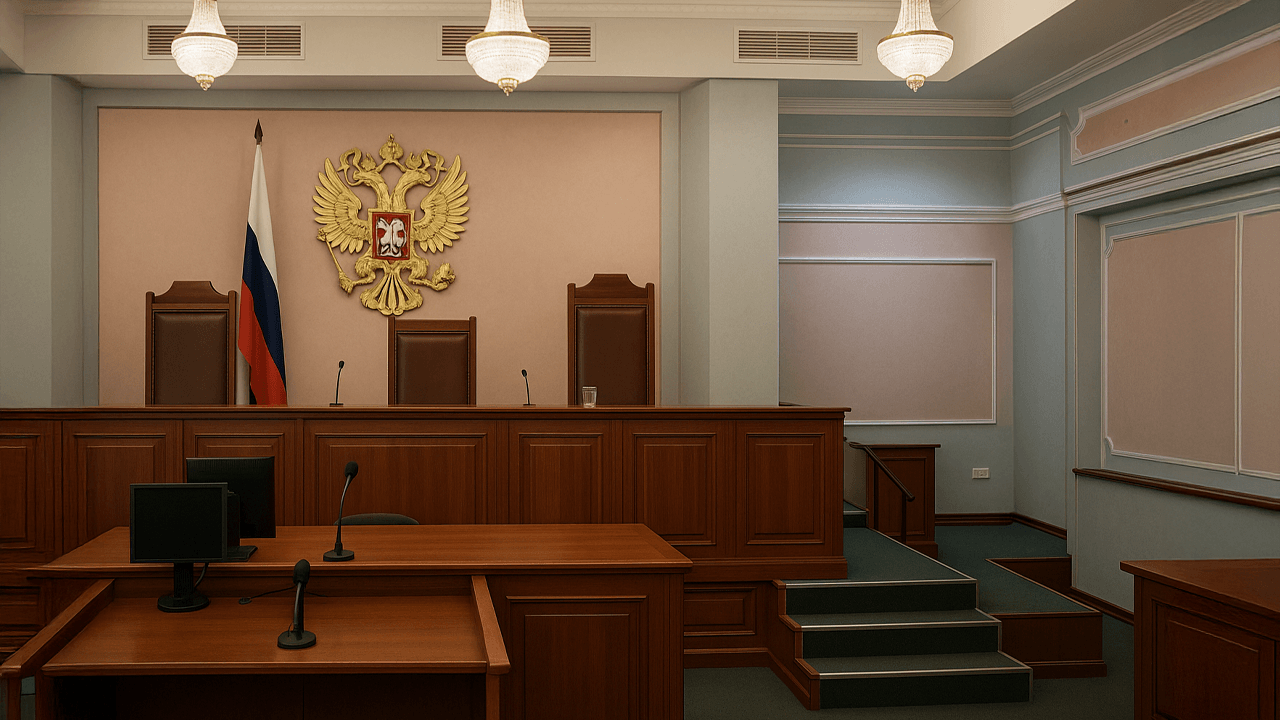Apple WWDC is next week! The 2024 edition of the event will look to showcase Apple’s latest innovations. A part of this will be Vision Pro, the firm’s first XR device.
Apple has already shaken the XR industry somewhat with its limited release. However, with rumours circling that the device may receive a broader distribution model, Apple may provide another immersive industry shake-up.
Ahead of next week’s event, the industry is building to see what is in store and how best to leverage current tech trends to get ahead of the ever-emerging marketplace.
Meta Connect 2024 Event Dates Revealed
Notably, just a week before WWDC, Meta revealed the dates of its core tech showcase.
The Connect event is scheduled for September 25 – 26, 2024. It will feature Meta’s latest digital solutions from social media and extended reality (XR). Apart from the presence of CEO Mark Zuckerberg, Meta has not disclosed specific details about the event. In the past, Connect events have unveiled insights into Meta’s XR roadmap, including the company’s rebrand, Meta Quest 3, and RayBan AR glasses.
This year has been significant for XR devices, especially with Apple’s increased interest in the sector, which has piqued the interest of other substantial headset vendors. To stay ahead of this growing competition, Meta will likely use the Connect event to solidify its position in the market by showcasing a robust and competitive product portfolio.
Regarding hardware products, following last year’s Connect event, Meta representatives provided details on an unreleased MR headset and a Meta Quest 3 Lite device. It is anticipated that the latter may be aimed at bolstering the presence of the Meta Quest 3 by offering a lower-priced option, potentially replicating the success of its predecessor.
Zoom CEO Speaks on XR, Digital Twin, and AI-Avatar Integrations
Zoom CEO Eric Yuan has announced new features for the next version of the popular video conferencing software. Zoom is planning to provide immersive XR versions of its application on emerging headsets and introduce AI-powered XR features. This expansion aims to position Zoom as a significant player in immersive workplace applications.
In addition to the XR features, Zoom is considering integrating phone calls, emails, whiteboards, coding, creative tasks, manager tasks, and project management tools alongside new AI and XR integrations. These developments are part of Zoom’s plan to unify various workflows and services under one digital platform, creating what Yuan refers to as the “Workplace 2.0 journey.”
While Zoom will continue to be a video conferencing service, the company’s focus on researching and launching new AI and XR features may lead it to become a major XR and AI service provider, as Yuan puts it, “we are going to become an AI-first company.”
Microsoft Axes More HoloLens Employees
Microsoft has announced significant layoffs, affecting approximately 1,000 positions in its HoloLens and Azure Cloud divisions. This has raised concerns about the company’s plans for developing HoloLens 2 hardware and its Azure “Moonshot” projects, which involve collaborations with companies like SpaceX to improve complex operations.
Following Microsoft’s layoff of around 10,000 employees nearly a year ago, the company seems to be restructuring its XR and cloud division without impacting its AI teams, a key focus for Microsoft following its partnership with OpenAI.
In an official statement, Microsoft spokesperson Craig Cincotta added, “We announced a restructuring of Microsoft’s Mixed Reality organization. We remain fully committed to the Department of Defense’s IVAS program and will continue to deliver cutting-edge technology to support our soldiers.”
Microsoft is still supporting HoloLens 2, but ongoing layoffs in its MR division have raised concerns about the team’s future. On the other hand, Microsoft is prioritizing the development of software solutions over XR hardware for other industry leaders such as Meta. This is being done through the creation of various immersive Office 365 applications.
BNSF Leverage XR solutions from HaptX and RoundTable Learning
HaptX has partnered with RoundTable Learning, an immersive learning solutions provider, to introduce VR training for railway workers. The partnership aims to work with BNSF to offer railway engineers a step-by-step immersive training platform, enhancing engineer safety.
BNSF plans to regularly incorporate VR in its 2024 safety and technical training initiative. The VR program will utilize RoundTable Learning’s virtual learning spaces and assets, with HaptX providing its touch-based feedback solution for the training program.
Following a growing trend of railway companies utilizing immersive training solutions, BNSF is joining other forward-thinking firms using XR to enhance the skills of the sector’s workers. BNSF employs RoundTable Learning’s Mechanical GEVO Tier IV course to guide managers through a step-by-step simulation for T4 engineer troubleshooting and repair.
With the integration of HaptX Gloves G1, BNSF aims to offer workers a multi-sensory learning experience that complements traditional learning methods and enhances operational awareness and effectiveness. BNSF strives to employ XR solutions to improve safety and simulate real-world accidents and injuries. With a pilot program currently underway, BNSF plans a full-scale rollout of the technology throughout the rest of 2024.
Read the full article here





